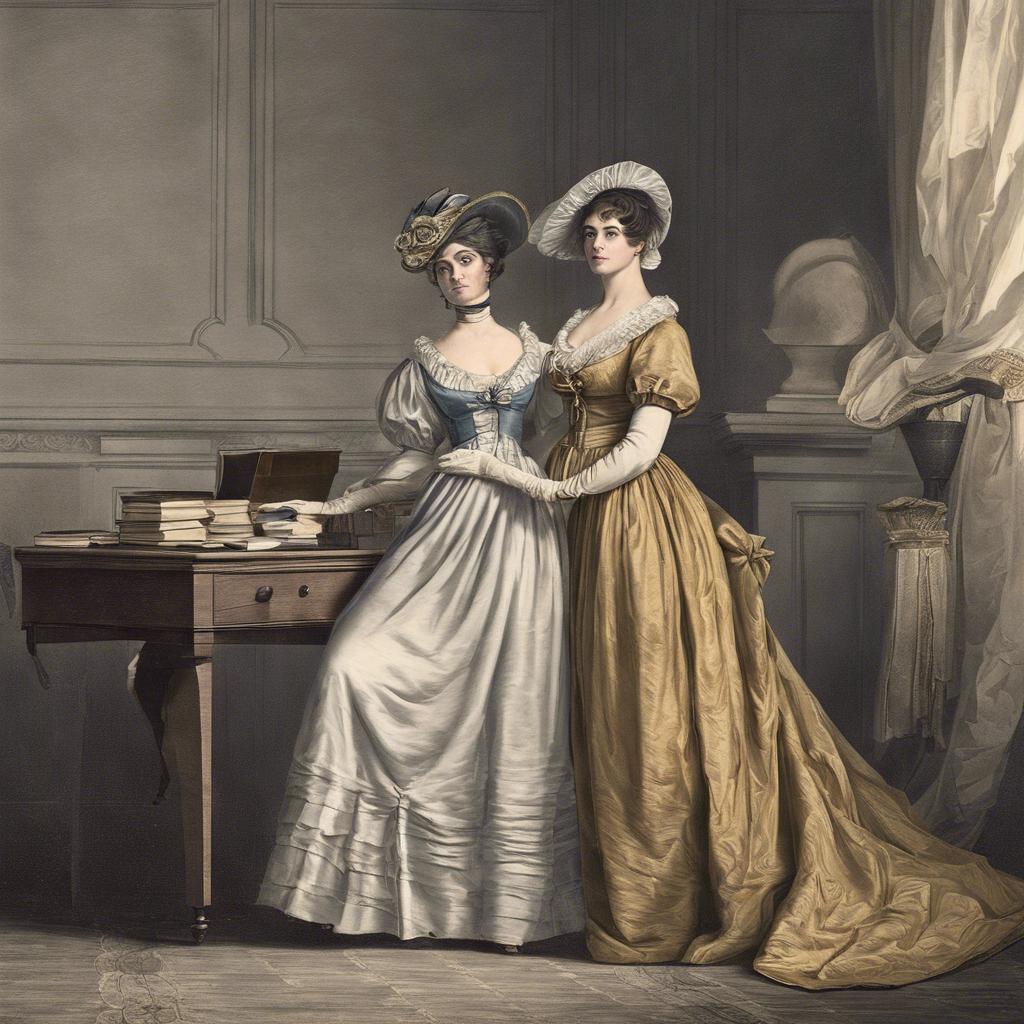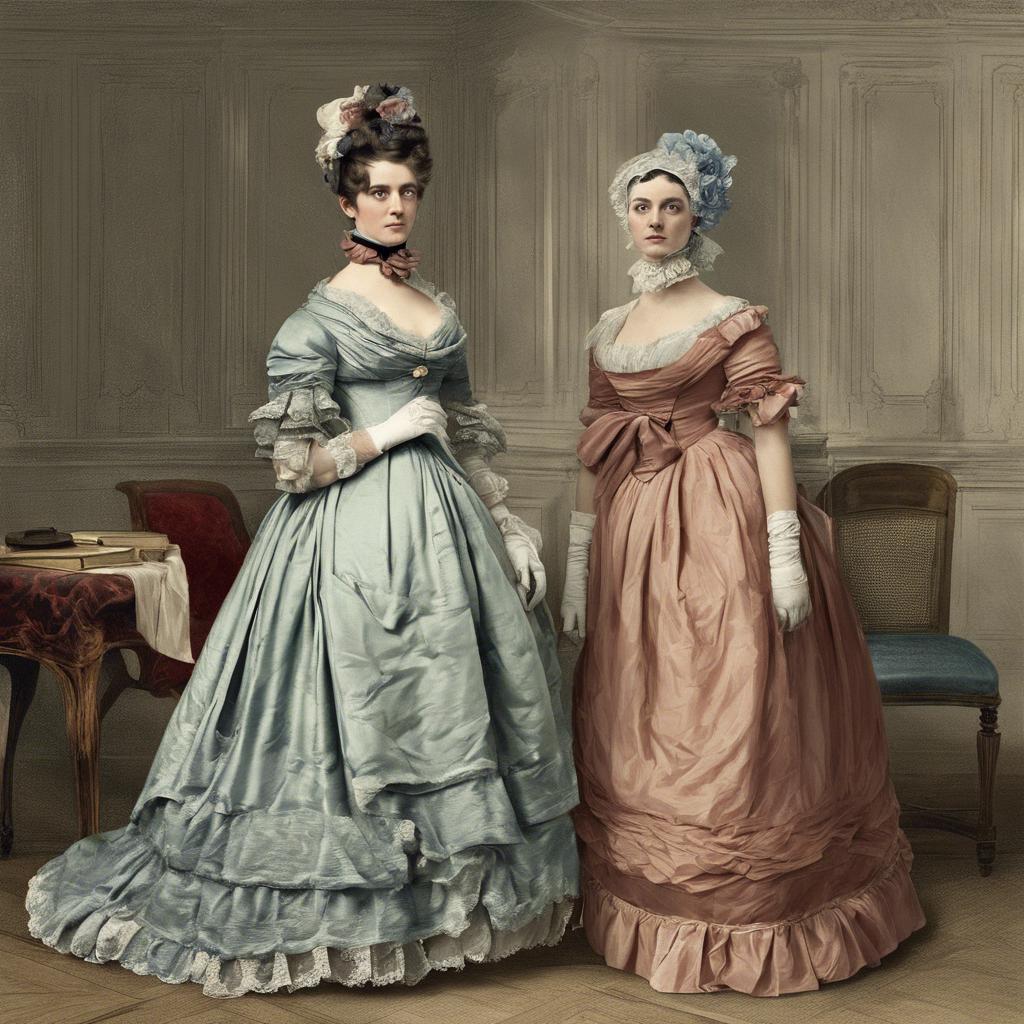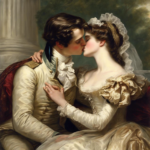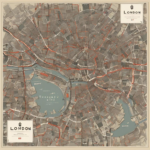The Regency era, spanning from 1811 to 1820, is renowned for its distinctive fashion trends that reflected the refined elegance and sophistication of the period. From lavish gowns to elaborate accessories, Regency fashion was a hallmark of exquisite craftsmanship and attention to detail. In this article, we delve into the history of Regency era fashion, exploring the influences, materials, and styles that defined this iconic period in sartorial history. Join us as we journey back in time to uncover the intricate world of Regency fashion and its enduring legacy in today’s modern aesthetics.
Step Into the World of Cheryl Bolen
Dive into the enchanting stories of love, intrigue, and elegance set in the Regency Era. Cheryl Bolen's novels offer timeless romance and captivating tales that will leave you wanting more.
Explore Cheryl Bolen's Books Now
The Rise of Regency Era Fashion: A Historical Overview
The Regency Era fashion refers to the period between 1811 and 1820 when Britain was ruled by King George IV. This period was marked by a shift in fashion, moving away from the elaborate and extravagant styles of the Georgian era to more simple and elegant designs.
During the Regency Era, women’s fashion was characterized by high-waisted dresses that emphasized a natural waistline, flowing fabrics, and soft pastel colors. The silhouette was slim and columnar, with an emphasis on light and delicate materials such as muslin and silk. Accessories such as gloves, shawls, and bonnets were commonly worn to complete the look.
On the other hand, men’s fashion during the Regency Era was also influenced by the shift towards simplicity. Tailored suits with fitted coats, high collars, and long trousers became popular. Accessories such as top hats, cravats, and walking sticks added a touch of sophistication to men’s outfits. Regency Era fashion reflected a more understated and refined aesthetic compared to previous eras.
Key Characteristics of Regency Era Style and Clothing Trends
In the early 19th century, the Regency Era brought about a shift in fashion that emphasized simplicity, elegance, and classical influences. Regency style was characterized by its high waisted dresses, empire silhouettes, and delicate fabrics such as muslin and silk. Women’s clothing featured flowing lines, empire waistlines, and intricate details such as ruffles and lace trimmings.
:
- Empire Silhouettes: Women’s dresses during the Regency Era featured high waistlines that sat just below the bust, creating a flattering and elongated silhouette. These empire silhouettes were complemented by flowing skirts that draped gracefully over the body.
- Muslin and Silk Fabrics: Regency fashion favored light and delicate fabrics such as muslin and silk. These materials were often sheer and lightweight, allowing for a sense of ethereal beauty and elegance in women’s attire.
- Classical Influences: Regency style drew inspiration from classical Greek and Roman fashion, reflected in the use of columnar silhouettes, draped fabrics, and intricate detailing. Accessories such as Greek sandals, cameos, and filigree jewelry were popular choices to complement the overall look.
| Regency Era Fashion | Key Characteristics |
|---|---|
| Empire Silhouettes | High waistlines, flowing skirts |
| Muslin and Silk Fabrics | Lightweight, sheer, delicate |
| Classical Influences | Greek and Roman inspiration, draped fabrics |
Influential Figures in Regency Fashion and Their Legacy
The Regency era, which lasted from 1811 to 1820, was a period known for its elegant and sophisticated fashion. Influential figures from this time left a lasting legacy on the world of fashion, shaping the way we dress even today. Let’s take a look at some key figures and their impact:
1. Beau Brummell: Known as the “Father of Dandyism,” Beau Brummell was a key influencer of Regency fashion. He popularized tailored suits, crisp white shirts, and polished boots, setting the standard for men’s fashion during this period.
2. Jane Austen: While primarily known for her literary works, Jane Austen also had a significant impact on Regency fashion. Her heroines often wore simple, empire-waist gowns and delicate accessories, inspiring women’s fashion at the time.
Exploring Regency Era Fashion in Modern Design and Trends
The Regency Era fashion, also known as the Regency Period, refers to the time period in British history between 1811 and 1820 when King George III was deemed unfit to rule and his son, the future King George IV, served as Prince Regent. This era was characterized by distinctive trends in clothing that reflected the social, political, and cultural changes of the time.
During the Regency Era, women’s fashion was defined by high waistlines, empire silhouettes, and flowing, lightweight fabrics such as muslin and silk. Dresses were often adorned with intricate embroidery, lace trimmings, and delicate ruffles. Accessories like gloves, shawls, and bonnets were essential to complete the look. Men’s fashion, on the other hand, featured tailcoats, waistcoats, breeches, and cravats, all tailored to accentuate a slim, elongated profile.
Today, elements of Regency Era fashion continue to inspire modern design and trends. Fashion designers often draw upon the elegant simplicity and classical aesthetic of this period to create contemporary interpretations that pay homage to the romanticism and sophistication of Regency fashion. From empire waistlines on dresses to cravats and tailcoats for men, the influence of the Regency Era can still be seen on the runways and in everyday attire.
Final Thoughts
the Regency Era fashion, characterized by its elegant and graceful styles, was prevalent during the early 19th century, specifically from 1811 to 1820. This period saw a shift in fashion trends, influenced by the French Empire style and the British Regent himself, Prince George. From flowing muslin dresses to tailored tailcoats, Regency Era fashion remains a beloved and enduring aesthetic that continues to inspire modern designers and fashion enthusiasts alike. Its legacy of sophistication and refinement lives on, reminding us of a bygone era of grace and elegance.


